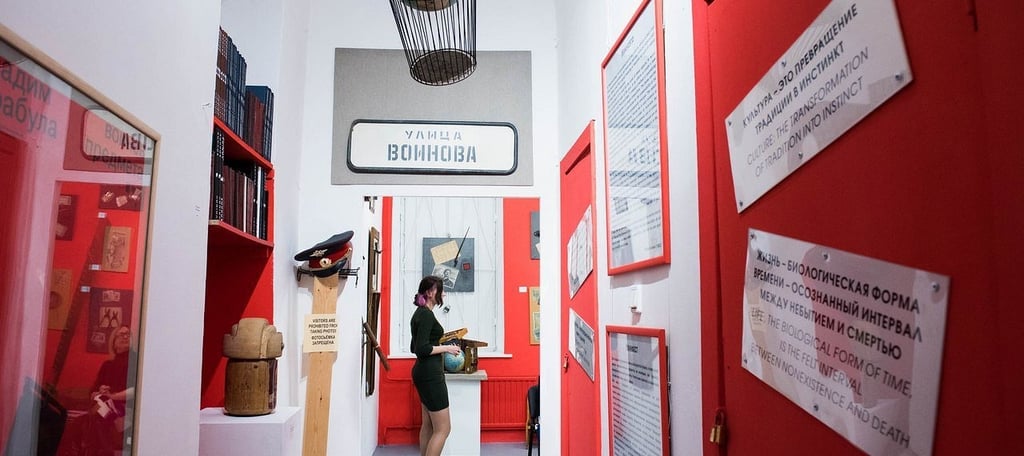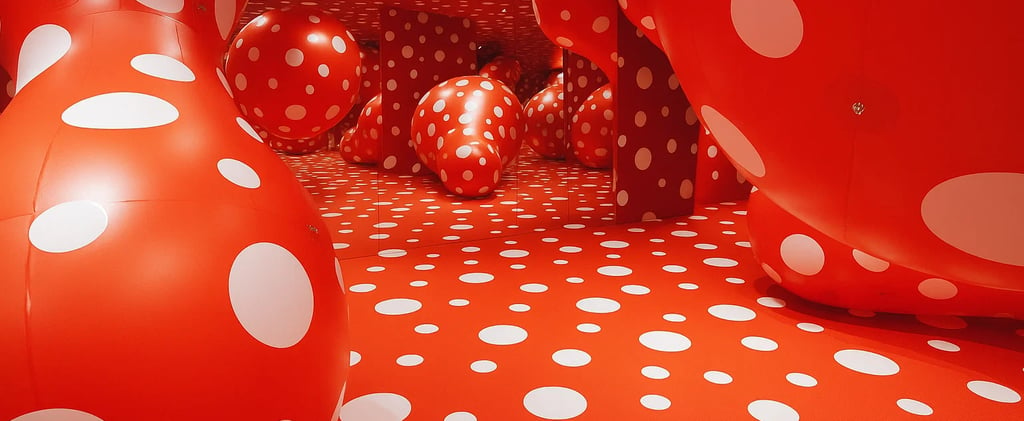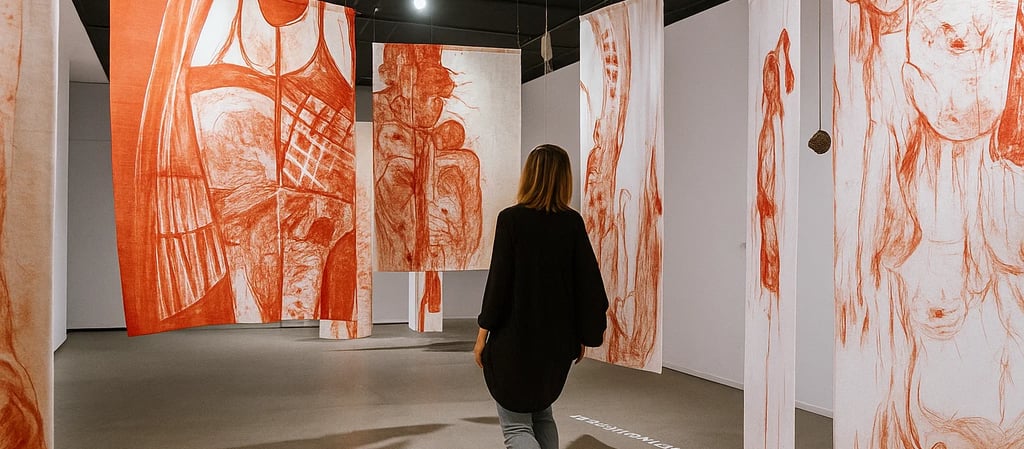Pushkinskaya 10 Art Center: The Free Spirit of Saint Petersburg’s Underground
Fueling avant-garde experimentation beneath the city's vibrant surface, Pushkinskaya 10 Art Center transforms Saint Petersburg’s underground into a playground of expressive, boundary-breaking art.


A Refuge for the Uncensored
Tucked behind an unassuming courtyard on Pushkinskaya Street, just steps from the bustle of Nevsky Prospekt, there lies a portal to a different Saint Petersburg — one of raw creativity, fierce independence, and bohemian soul.
This is Pushkinskaya 10 Art Center, a legendary space born of rebellion and resilience.
Here, amid crumbling walls and graffiti-splashed stairwells, the spirit of unofficial Russian art lives on — a spirit forged in the underground circles of the late Soviet era, and still burning with an urgent contemporary flame.
Pushkinskaya 10 is not a museum in the traditional sense, nor a sanitized gallery space. It is an ecosystem of studios, exhibitions, music venues, and communal workshops — a living monument to freedom of expression.
The Birth of a Cultural Oasis
The story of Pushkinskaya 10 begins in the late 1980s, in the twilight of Soviet power. At that time, many of the most vital currents in Russian art were driven underground by the state’s rigid cultural policies. Unofficial artists — those who rejected Socialist Realism and pursued experimental, conceptual, or avant-garde paths — were forced to exhibit in private apartments or makeshift venues.
In this climate, a group of Leningrad artists seized the opportunity presented by Perestroika and the loosening of state controls. In 1989, they occupied an abandoned apartment block at 10 Pushkinskaya Street. What began as a squat soon became a self-organized cultural center, one of the first in Russia.
Its founding ethos was clear: radical openness. No censorship, no commercial dictates, no aesthetic dogma. Just space — and time — for art to grow.
A Labyrinth of Creation
Today, Pushkinskaya 10 remains true to its origins. It is a sprawling, unpredictable maze of studios, galleries, and performance spaces, spread across several floors of interconnected buildings.
As you enter, there is no polished facade or curated path. The experience is one of discovery. Staircases wind past murals and posters; doors open onto cramped studios where artists work amid brushes, canvases, and cigarette smoke.
Every corner breathes with DIY energy. You might stumble upon:
A small gallery exhibiting nonconformist painting.
A room vibrating with experimental noise music.
A poetry reading in a dim-lit alcove.
An installation piece made of salvaged metal and light.
The boundaries between art forms blur constantly here. Pushkinskaya 10 is a place where visual art, literature, performance, and music feed one another in an ever-evolving dialogue.
The Museum of Nonconformist Art
At the heart of the complex is the Museum of Nonconformist Art, which offers visitors a more structured encounter with the history of Russia’s underground art movements.
Here, one finds works by artists who were once banned, ignored, or marginalized — painters, sculptors, and conceptualists who refused to conform to state ideology. The collection spans the 1950s through the 1980s, with particularly strong holdings in the Leningrad underground tradition.
This is not a collection of museum masterpieces, but of works born in defiance — intimate, rough, courageous. They speak of a time when the very act of painting a non-Party-approved canvas was a gesture of resistance.
In these rooms, the visitor feels not nostalgia but the vibrant legacy of dissent, a spirit that continues to animate the art of Pushkinskaya 10 today.
Practical Information
Location
Pushkinskaya 10 Art Center
Pushkinskaya ulitsa, 10
Saint Petersburg, Russia
How to Get There
The center is located just off Nevsky Prospekt, a short walk from Ploshchad Vosstaniya metro station and Moskovsky Railway Station. The entrance is through a courtyard — look for the Pushkinskaya 10 sign.
Opening Hours
Varies by space and event.
The Museum of Nonconformist Art is generally open daily from 11:00 to 19:00.
Galleries and studios often have flexible hours; some events take place in the evening.
Admission
Entry to the complex is generally free; the Museum of Nonconformist Art charges a small admission fee. Special events and concerts may have separate ticketing.
Visitor Tips
Expect an informal, DIY atmosphere.
Be open to spontaneous encounters and unpolished spaces.
Some exhibitions and performances may include challenging or provocative material.
The art center welcomes photography, but always ask permission before photographing artists at work.
Website and Contact
https://www.p-10.ru
The official website provides information about current exhibitions, events, and practical details.
Facilities
There is a small café and gathering space within the complex, as well as artist-run shops and bookstores where visitors can purchase prints, books, and handmade items.


A Living Community
Perhaps the most remarkable aspect of Pushkinskaya 10 is that it has never calcified into a museum of the past. It remains a living community of working artists, musicians, writers, and performers — a place where the line between creation and exhibition is blurred.
Studios are not cloistered behind closed doors; visitors often catch glimpses of artists at work or are invited into spontaneous conversations. The galleries host a rotating program of exhibitions, showcasing both historical nonconformist art and the work of contemporary creators.
Pushkinskaya 10 is also home to underground music venues, where experimental and alternative sounds find an audience. It has long been a nexus for countercultural movements, from punk and noise to avant-garde jazz and performance art.
In a city rich with imperial grandeur and official culture, Pushkinskaya 10 offers a vital counterpoint — a space where the unfinished, the imperfect, the questioning are not only welcome but celebrated.
A Place of Pilgrimage
For many visitors, both Russian and international, Pushkinskaya 10 is more than a curiosity — it is a place of pilgrimage.
Here, one encounters the living memory of Russia’s unofficial art scene, which played a crucial role in maintaining a space for free expression during decades of repression. At the same time, one meets the raw energy of a younger generation of artists pushing against new boundaries.
The experience is not always comfortable; the art can be confrontational, the spaces rough around the edges. But that is the point. Pushkinskaya 10 preserves a space for art that is free, fragile, and fiercely alive — a space increasingly rare in today’s cultural landscape.
The Visitor’s Experience
To visit Pushkinskaya 10 is to embrace unpredictability. There is no single path, no official guide. One wanders, listens, looks, stumbles upon the unexpected.
A single visit might reveal:
An intimate painting exhibition.
A collaborative installation in progress.
A music performance vibrating through the walls.
A chance conversation with an artist whose work challenges your assumptions.
It is a place where the act of visiting becomes a creative journey in itself.




